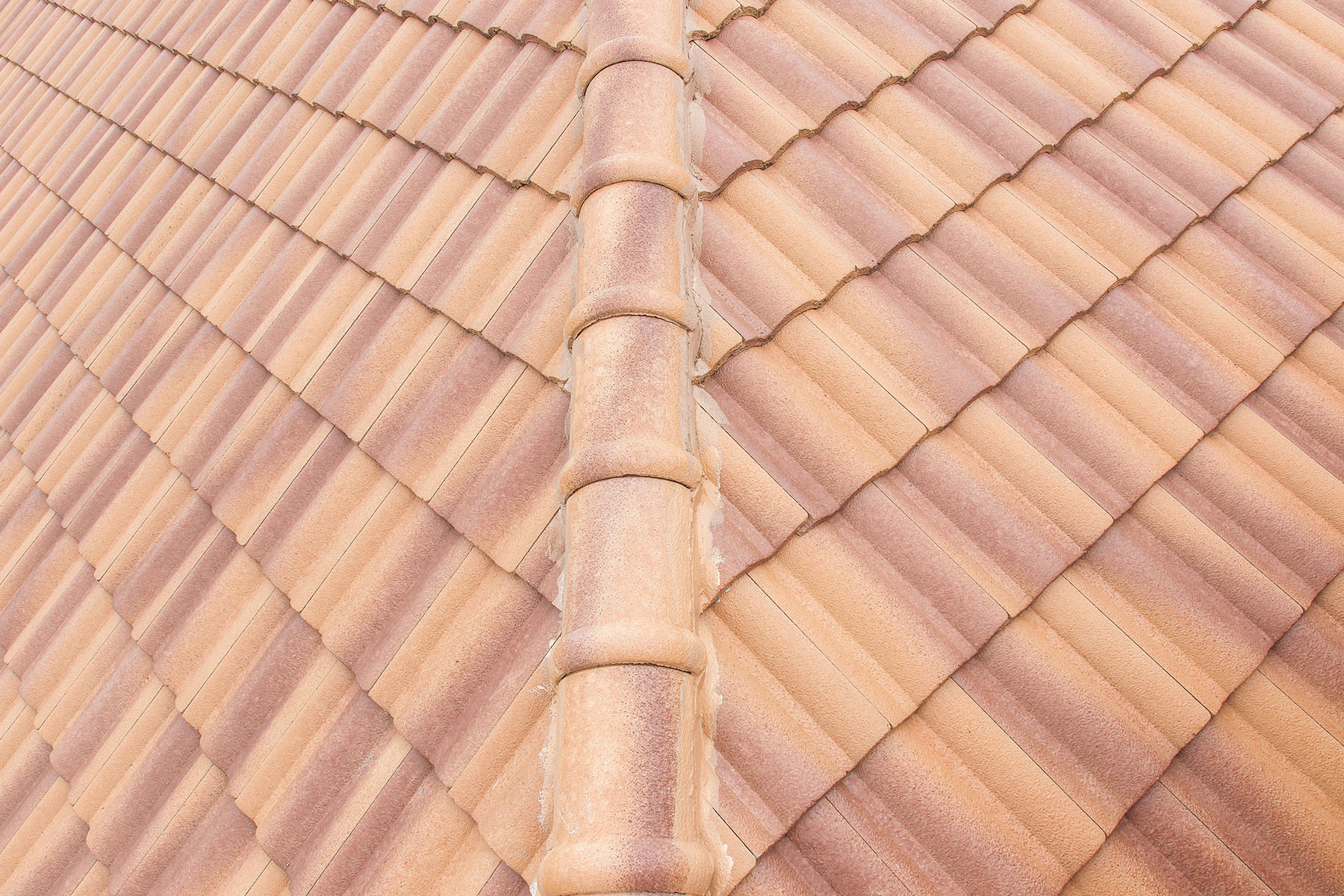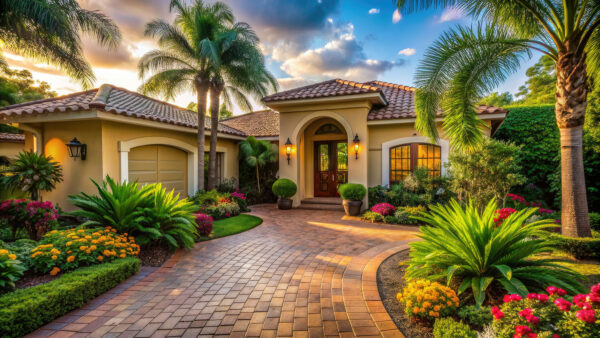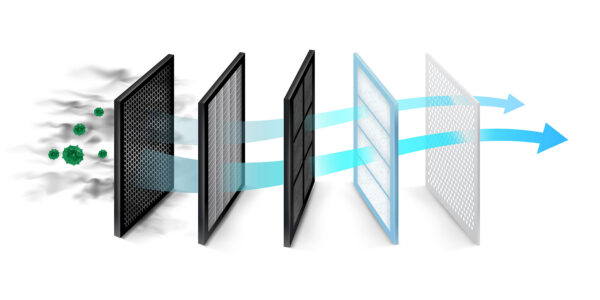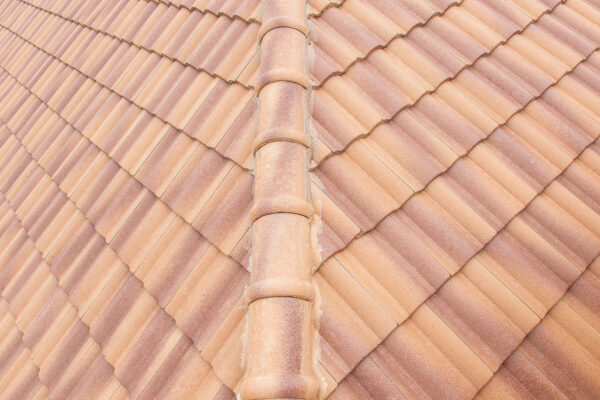Choosing the right roofing material is one of the most important decisions homeowners must make. Your roof not only protects your home from the elements but also plays a crucial role in energy efficiency, curb appeal, and overall property value. With so many roofing materials available, from traditional asphalt shingles to high-end slate or metal roofing, it’s essential to understand the pros and cons of each option. In this guide, we’ll break down the different roofing types, their advantages, and how to determine the best roof material options for your home.
1. Understanding Different Roofing Materials
Before deciding on a roofing material, it’s crucial to understand the different options available. Each type of roofing material has distinct characteristics, benefits, and drawbacks. Whether you are looking for longevity, affordability, or aesthetics, selecting the right material depends on your specific needs and budget. Some materials are better suited for particular climates and architectural styles, while others offer enhanced durability or energy efficiency.
- Asphalt Shingles: Affordable, widely used, and available in many colors.
- Metal Roofing: Durable, energy-efficient, and weather-resistant.
- Tile Roofing: Elegant and long-lasting, ideal for Mediterranean and Spanish-style homes.
- Slate Roofing: A premium option known for its longevity and classic appearance.
- Wood Shingles & Shakes: Natural, rustic appeal but requires maintenance.
2. Choosing Roof Materials Based on Climate
Not all roofing materials perform well in every climate. Your local weather conditions play a major role in determining the best roofing material options for your home. A roofing material that works well in a dry, sunny climate may not be suitable for areas prone to heavy rainfall or hurricanes. Considering climate conditions can help you avoid costly repairs and extend the life of your roof.
- Hot & Humid Climates: Opt for reflective materials like metal or tile to reduce heat absorption.
- Cold & Snowy Climates: Slate and asphalt shingles provide excellent insulation and snow resistance.
- Coastal & Storm-Prone Areas: Metal and tile roofing are great for high wind and saltwater exposure.
- Dry & Arid Regions: Clay tiles and metal roofs hold up well against extreme heat and dryness.
3. Roofing Types: Durability and Lifespan
A roof is a long-term investment, and its durability is one of the most critical factors in choosing the right roofing material. Some materials are built to last for decades, while others may require replacement sooner. The longevity of your roof can impact your overall maintenance costs and the resale value of your home.
- Asphalt Shingles: 15-30 years, affordable but may need more frequent replacements.
- Metal Roofing: 40-70 years, resistant to extreme weather conditions.
- Tile Roofing: 50+ years, excellent durability but can be heavy and expensive.
- Slate Roofing: 75-100 years, one of the longest-lasting options available.
- Wood Shingles: 20-40 years, requires regular maintenance but offers natural beauty.
4. Roof Material Options and Energy Efficiency
Energy efficiency is another crucial factor when choosing roofing material. Some roofing types help lower energy bills by reflecting sunlight and improving insulation, reducing the need for excessive heating or cooling. Choosing an energy-efficient roofing material can lead to significant savings over time and contribute to a more sustainable home.
- Cool Roofs: Metal and light-colored shingles reflect heat, reducing cooling costs.
- Solar Tiles: Generate electricity while providing roof protection.
- Insulated Roofing: Foam-backed metal roofs enhance thermal regulation.
- Green Roofs: Living roofs with vegetation provide excellent insulation and environmental benefits.
5. Aesthetic Appeal and Home Style Compatibility
The type of roofing material you choose should complement your home’s architecture and enhance its curb appeal. A roof is a significant design element, and selecting the right roofing material can make a big difference in the overall appearance of your home. Some materials work better with traditional homes, while others fit seamlessly with modern or Mediterranean-style properties.
- Modern Homes: Metal roofing or flat roofing with a sleek finish.
- Traditional Homes: Asphalt shingles or wood shakes offer classic appeal.
- Mediterranean & Spanish-Style Homes: Clay or concrete tiles provide an elegant look.
- Luxury Homes: Slate or designer shingles create a high-end aesthetic.
6. Budget Considerations for Roofing Materials
Roofing costs vary significantly based on material type, installation complexity, and long-term maintenance. Before deciding, weigh the initial investment against long-term expenses. Some materials may cost more upfront but can save you money in repairs and energy costs over time.
- Budget-Friendly: Asphalt shingles ($3-$5 per square foot)
- Mid-Range: Metal roofing ($7-$12 per square foot)
- High-End: Slate or tile roofing ($15-$30 per square foot)
7. Maintenance and Repairs: What to Expect
Roof maintenance plays a vital role in the lifespan of your roof. Some materials require regular upkeep to maintain their appearance and performance, while others are virtually maintenance-free. Understanding maintenance requirements can help you plan for future costs and upkeep.
- Low Maintenance: Metal, slate, and tile roofs require minimal upkeep.
- Moderate Maintenance: Asphalt shingles need occasional repair and replacement.
- High Maintenance: Wood shingles require frequent sealing and treatment against pests and moisture.
8. Hiring a Professional for Roof Installation
The quality of your roof installation is just as important as the material itself. Hiring a skilled contractor ensures your roof is properly installed, maximizing its durability and lifespan. Choosing a qualified professional can prevent common installation issues, such as leaks, poor ventilation, and structural weaknesses.
- Check Licensing & Insurance: Ensure the contractor is licensed and insured in your state.
- Read Reviews & Get References: Ask for client testimonials and check online ratings.
- Request Multiple Quotes: Compare pricing and services from different contractors.
- Ask About Warranties: Look for manufacturer and installation warranties for added protection.
Final Thoughts
Choosing the right roofing material for your home involves balancing aesthetics, durability, budget, and climate considerations. By understanding different roofing types, energy efficiency, and maintenance needs, you can make an informed decision that enhances your home’s protection and curb appeal.
If you’re ready to explore roofing options, check out our directory of trusted Sarasota roofing contractors to find the best professionals for your project!






